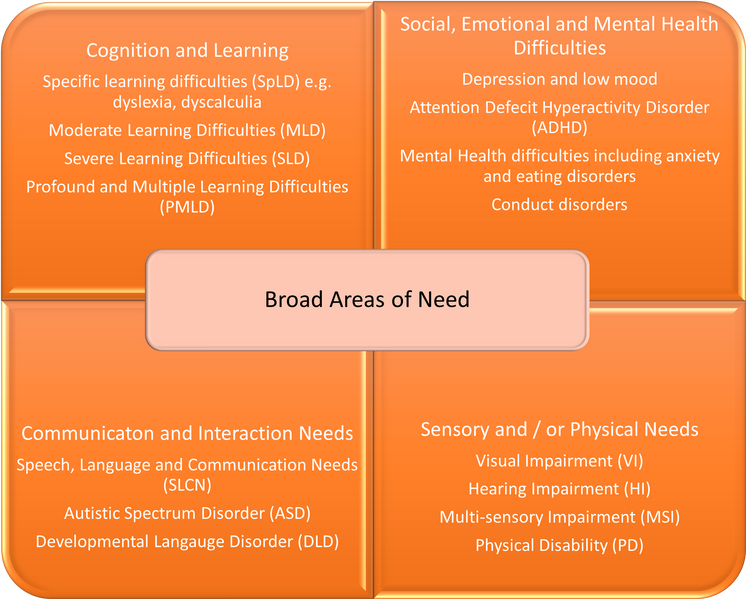SEND Local Offer
Inclusion is the term used to mean the process of identifying, understanding and breaking down the barriers to participation and belonging (Early Childhood Forum definition) and is a prominent principle of government policy at both a national and a local level. Change Schools Partnership focuses on the well-being and progress of every child and where all members of our community are of equal worth. All children share a common entitlement to a broad and balanced curriculum which meets their social and learning needs.
We want all members of our school community to feel a sense of belonging within the school and wider community and to know that they are respected and able to participate fully in school life. We recognise, respect and value difference and understand that diversity is a strength. Through inclusion, all adults ensure appropriate learning and positive experiences for all our pupils. This involves structuring the environment, culture, curriculum and classroom organisation so that we are able to respond to the diversity of pupils and take into account the views and experiences of the child , whatever their age, gender, gender reassignment, disability, race, religion or belief, sexual orientation, impairment, attainment or background. We strive to eliminate prejudice and discrimination; creating a happy environment where all children feel safe, secure and valued. This distinguishes it from integration, which focuses on the placement of an individual or group having to adapt to what the school can offer. Inclusion across Compass is seen in the widest possible educational context.
Even though all children have access to a high quality and creative curriculum, there will be some children that have additional needs and will need support that is ‘additional to’ or ‘different from’ the rest of the class.
The Special Educational Needs and Disability Code of Practice: 0 to 25 years (January 2015) states that:
‘A child or young person has SEND if they have a learning difficulty or disability which calls for special educational provision to be made for him or her.
A child of compulsory school age has a learning difficulty or disability if he or she:
-
has a significantly greater difficulty in learning than the majority of others of the same age;
or
-
has a disability which prevents or hinders him or her from making use of facilities of a kind generally provided for others of the same age in mainstream schools or post 16 institutions’ [COP - p 15 – 16 xiii, xiv]
‘For children aged two or more, special educational provision is educational or training provision that is additional to or different from that made generally for other children or young people of the same age by mainstream schools, maintained nursery schools, mainstream post-16 institutions or by relevant early years providers. For a child under two years of age, special educational provision means educational provision of any kind’. [COP - p16 xv]
‘A child under compulsory school age has SEND if he or she is likely to fall within the definition in paragraph xiv above when they reach compulsory schools age or would do so if special educational provision was not made for them. (Section 20 Children and Families Act 2014)’. [COP - p16 xvi]
Children may need additional support if they have Special Educational Needs and Disabilities, have English as an Additional Language, have experienced Adverse Childhood Experiences or are Vulnerable. In some cases, children that have had sustained periods of time out of school, may require additional support.
It is important to acknowledge that pupils’ development is not linear, the needs of pupils will change and the complexity will fluctuate.
Special Educational Needs are defined in relation to learning in school, whereas diagnosis relates to medical and professionals in relation to identification of conditions with defined characteristics. Not all children with SEND will have a diagnosis and not all diagnosis are discrete to one category of need.
Variation will occur within each four categories and it is common for children to have needs which fall under more than one area of need. We must focus on what the child needs to be successful rather than what effective strategies are used for a broad area of need. It is essential we understand and explore specific barriers.

It is important that teachers should learn skills to understand pupils learning needs. This can be understood:
-
All children have common needs – for example the need to receive effective teaching;
-
Some children have specific needs that are shared with a similar group;
-
All children have individual needs.
